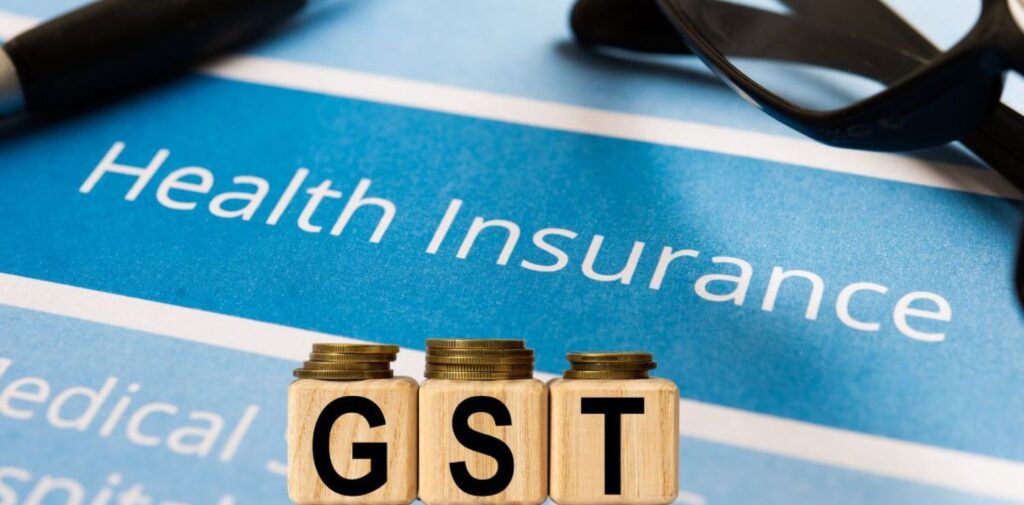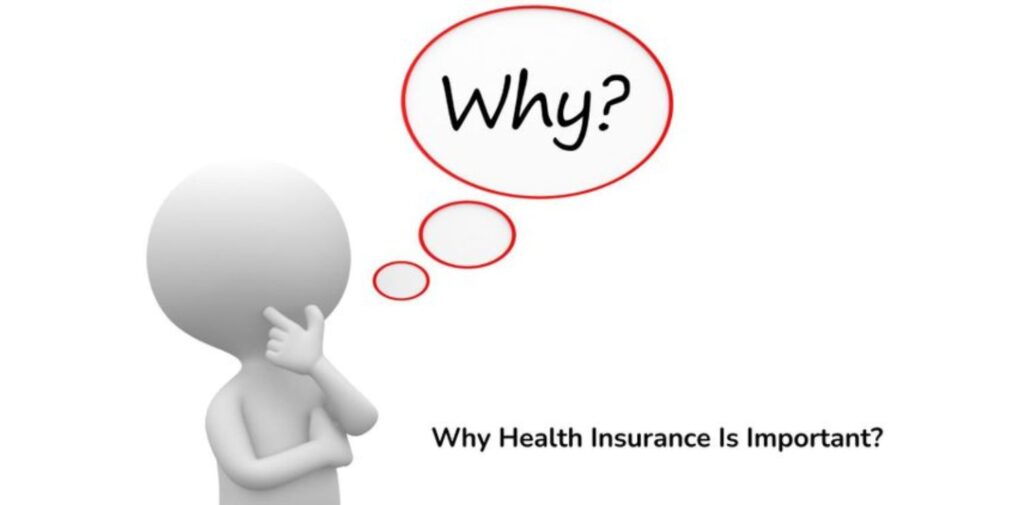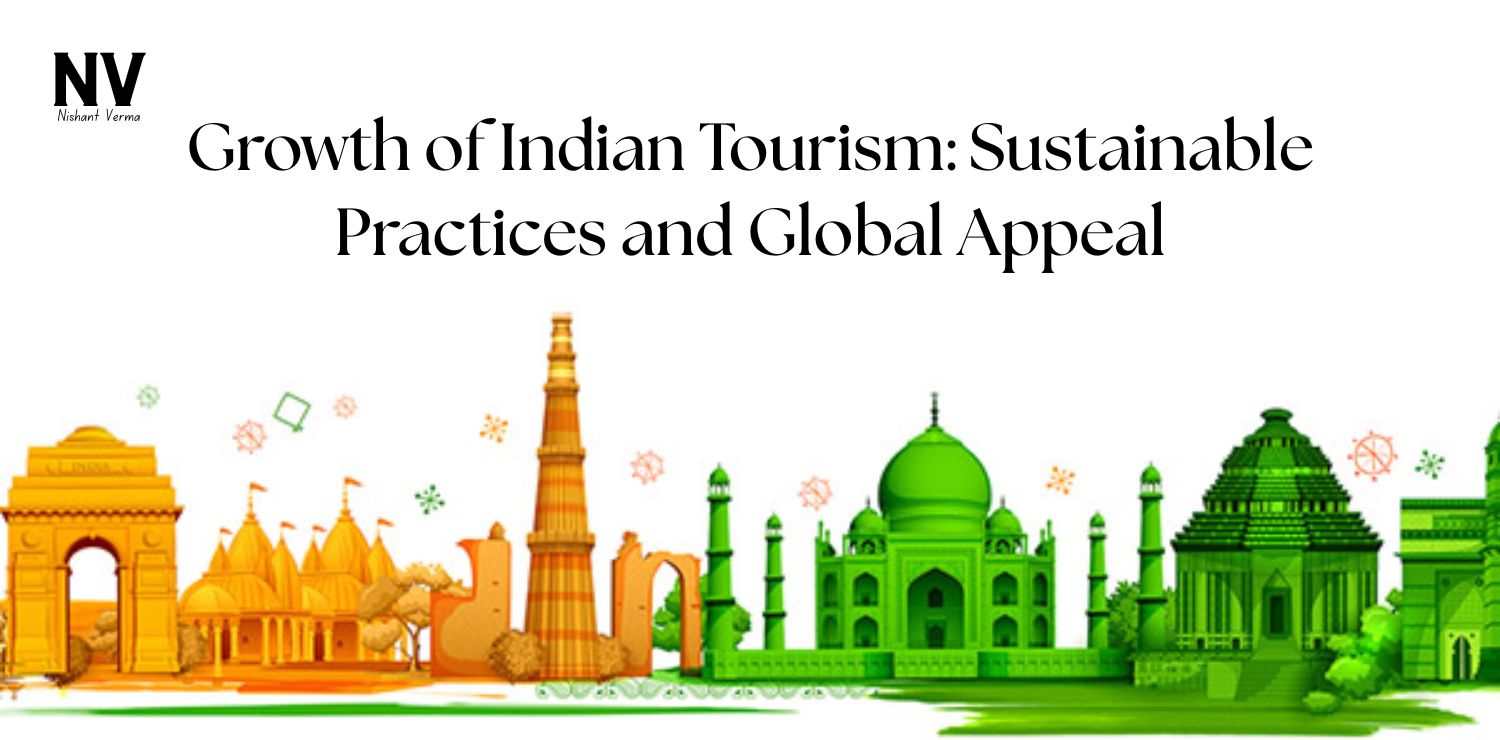India, a nation of over 1.4 billion people, faces numerous challenges, one of which is providing access to affordable healthcare for its population. Despite the government’s efforts to improve healthcare, many people still rely on health insurance to cover their medical expenses. However, the Goods and Services Tax (GST) of 18% on health insurance premiums has made it more difficult for individuals and families to afford these plans. This article will explore why taxpayers, especially the middle-class, are the true minorities in India, and how the high GST on health insurance affects them.
The GST on Health Insurance
In July 2017, India introduced the Goods and Services Tax (GST) to simplify the tax structure. However, the 18% GST rate on health insurance has raised concerns among consumers, especially as healthcare costs continue to rise. While some essential healthcare services are exempt from GST, health insurance policies are not. This means that individuals who want to protect themselves and their families through insurance must pay a higher premium due to the tax.

For example, if a person’s health insurance premium is ₹20,000, the 18% GST will add an extra ₹3,600 to the total cost, making it ₹23,600. For many middle-class families, this added expense can be a financial burden. Health insurance, which should be a necessity, becomes a luxury that fewer people can afford.
The Taxpayer’s Burden
In India, only a small percentage of the population pays income tax. As of recent reports, approximately 5-6% of the population files income tax returns, making taxpayers a minority in a country with over a billion people. The middle class, which largely consists of salaried employees, bears the brunt of this tax system.
This small group of taxpayers is expected to shoulder a large part of the country’s economic burden. They pay taxes on their income, savings, and investments. Additionally, they are subjected to indirect taxes like GST on goods and services, including health insurance.
Why is Health Insurance Important?
Health insurance is crucial for ensuring that people have access to quality healthcare without suffering financially. Medical emergencies can occur at any time, and hospital bills can quickly accumulate to overwhelming amounts. Having health insurance provides a safety net, covering the costs of hospitalization, treatments, surgeries, and other medical expenses.

In a country like India, where healthcare infrastructure is improving but still has a long way to go, health insurance is even more vital. Private hospitals offer better facilities but are expensive. Without insurance, a major medical emergency could push a family into debt or financial instability.
Unfortunately, the high GST on health insurance premiums discourages people from buying insurance policies. This leaves them exposed to high medical costs, and in some cases, leads to them neglecting necessary medical treatments altogether due to financial concerns.
The Real Impact on the Middle Class
The middle class in India is often referred to as the backbone of the economy. They are the ones who diligently pay their taxes, contribute to economic growth, and aspire to improve their standard of living. Yet, when it comes to healthcare, they face several challenges. Here’s how the 18% GST on health insurance affects them:
Increased Financial Strain: Middle-class families already have several financial commitments, such as education loans, home loans, and daily living expenses. The additional 18% GST on health insurance makes it harder for them to afford comprehensive coverage, forcing some to either downgrade their plans or forego insurance altogether.
Discouragement from Buying Insurance: For many, the high tax rate on health insurance premiums is a significant deterrent. Health insurance should be affordable, but the 18% GST makes it costlier, especially for families living paycheck to paycheck.
Limited Healthcare Access: Without insurance, middle-class families may hesitate to seek medical help when needed. The fear of high medical bills can lead them to delay or avoid necessary treatments, worsening their health conditions over time.
The Middle Class Pays, But Benefits Less: The reality is that many government schemes and subsidies are designed to benefit the poor, while the wealthy can afford private healthcare without much worry. The middle class, meanwhile, is stuck in between. They are taxed heavily but receive limited benefits. The GST on health insurance premiums is just one more example of how they are often overlooked.
Alternatives to Reduce the Burden
While the GST on health insurance continues to be a point of contention, there are several alternatives that could reduce the financial burden on taxpayers, especially the middle class:
GST Rate Reduction: The most straightforward solution would be to reduce the GST on health insurance premiums. Lowering the rate from 18% to 5% or exempting it entirely would make health insurance more affordable for a larger segment of the population. This move could also encourage more people to buy health insurance, improving healthcare access overall.
Increased Tax Deductions: Another option would be to increase the tax deductions available under Section 80D of the Income Tax Act, which currently allows deductions for health insurance premiums. This would help offset the cost of health insurance and provide relief to taxpayers.

Subsidies for Health Insurance: The government could also consider providing targeted subsidies for health insurance premiums, particularly for middle-class families. These subsidies could help bridge the gap between rising healthcare costs and the affordability of insurance policies.
Public Awareness Campaigns: Educating the public on the importance of health insurance and the long-term benefits of investing in it is also crucial. Many people still view health insurance as an unnecessary expense, rather than a critical financial safety net. A well-informed public would be more likely to invest in health insurance, despite the GST.
The Road Ahead
As India continues to develop, it is essential to address the healthcare needs of its population. Health insurance plays a crucial role in providing access to quality healthcare, but the 18% GST on premiums is a significant roadblock for many. By reducing or eliminating this tax, the government can make health insurance more accessible, especially for the middle class.
The current situation places an unfair burden on taxpayers, who are already a minority in India. These individuals contribute to the economy through their taxes but often feel neglected when it comes to receiving benefits. The 18% GST on health insurance is yet another example of how the tax system disproportionately affects them.
In conclusion, while the government has made strides in improving healthcare access, there is still a long way to go. Reducing the GST on health insurance is a crucial step towards ensuring that more people can afford coverage, ultimately leading to a healthier and more secure population. The middle class, which bears the brunt of the tax burden, deserves relief and support in this area. After all, they are the ones holding the country’s economy together, and it’s time for their needs to be recognized and addressed.




